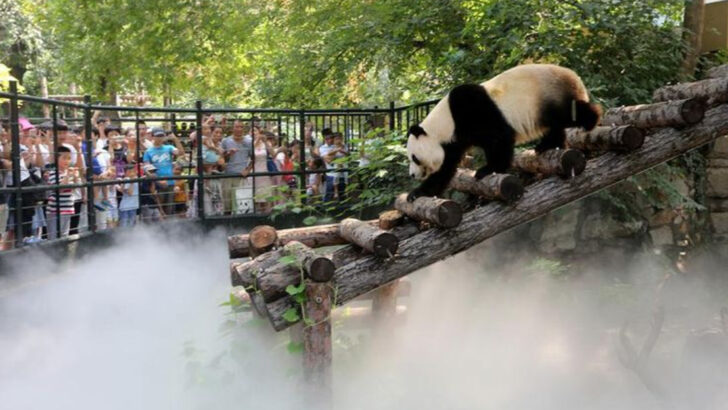When the mercury soars and heat waves smash records, zoo animals face a serious test. These incredible creatures don’t just sit it out—they rely on careful care and clever strategies from dedicated zookeepers. From icy treats to shaded retreats, every detail matters in keeping them cool, calm, and comfortable. Peek behind the scenes to see how these animal heroes beat the heat with a mix of science, love, and a dash of ingenuity. It’s a summer survival story like no other!
Cooling Showers
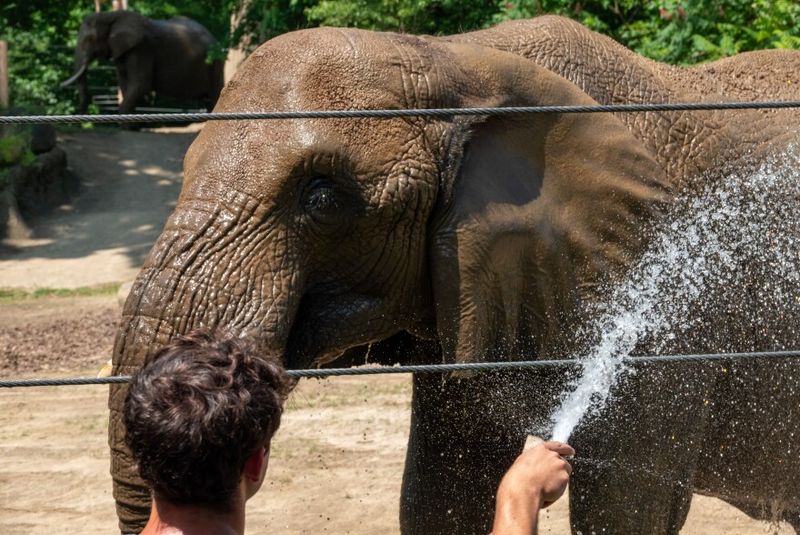
In the sweltering heat of summer, a refreshing shower can be a blessing. Zookeepers often provide cooling showers to large animals like elephants. These showers help to regulate their body temperature and prevent overheating. The process involves spraying the animals with water, which can be a fun and engaging activity for them. It not only cools them down but also serves as a form of enrichment. Did you know? Elephants enjoy playing in water, making this an enjoyable experience for them. Such showers are essential in maintaining their health during heat waves.
Ice Treats
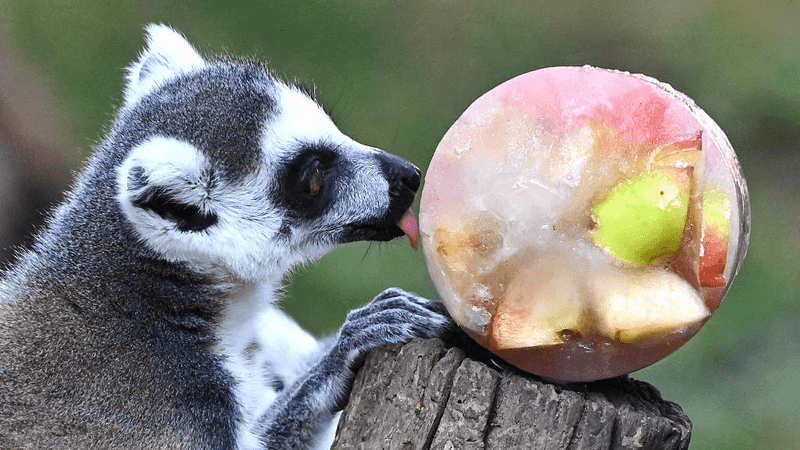
Imagine enjoying a popsicle on a hot day; animals cherish similar delights. Ice treats are a creative way to keep zoo animals cool. These treats are often made by freezing fruits, vegetables, or even meat for carnivorous animals. They provide not just a cooling effect but also enrichment through taste and texture exploration. Zookeepers prepare these treats thoughtfully, considering each animal’s dietary needs. The joy of an animal discovering its icy refreshment is both heartwarming and essential for managing heat stress. Such measures ensure the animals remain comfortable and active during extreme temperatures.
Shade Structures
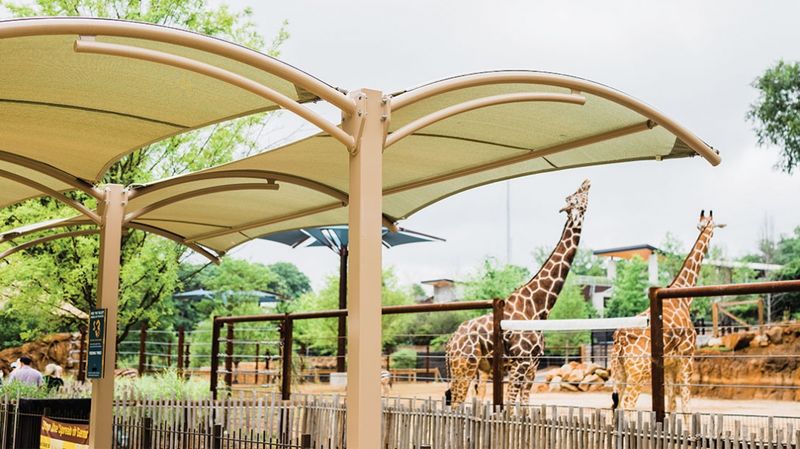
Shade is a precious commodity in the wild and equally critical in zoos. Zookeepers install shade structures to offer relief from the relentless sun. These structures range from simple tarps to elaborate canopies, providing much-needed respite for animals. The presence of shade encourages natural behaviors like grooming and resting, which are crucial for animal welfare. By reducing direct sun exposure, these structures help prevent overheating and stress. Innovative designs often blend with the environment, enhancing both aesthetics and functionality. This thoughtful approach ensures animals remain cool and comfortable during the hottest days.
Misting Systems

Misting systems are a modern marvel in zoos, helping animals beat the heat effortlessly. These systems spray a fine mist over enclosures, creating a cooler microclimate. Animals, especially those from tropical regions, benefit immensely as the mist mimics natural rain. The cooling effect is immediate and soothing, reducing the risk of heat stress. Zookeepers carefully monitor these systems to ensure optimal functionality. Fun fact: Monkeys often react playfully to the mist, trying to catch droplets. This not only cools them down but provides entertainment as well. Such systems are crucial during record-breaking heat waves.
Hydration Stations
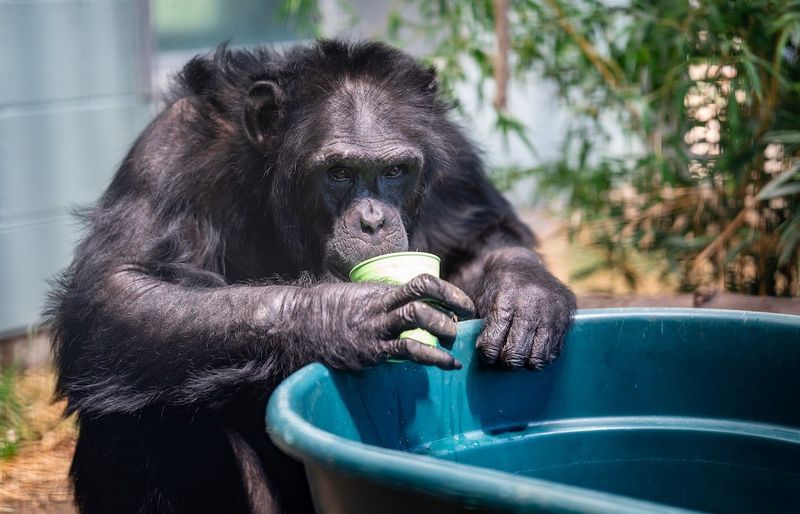
Hydration is key to surviving high temperatures. Zookeepers establish hydration stations throughout zoo exhibits, ensuring animals have constant access to fresh water. These stations are often equipped with fruits and vegetables, encouraging animals to drink more. Zookeepers monitor water levels and cleanliness, making hydration a priority. This practice is especially vital for small mammals, who are more susceptible to dehydration. Fun fact: Some animals are drawn to fruits like watermelons, which add a splash of flavor to their hydration routine. Maintaining proper hydration is essential for keeping animals healthy during heat waves.
Behavioral Observation
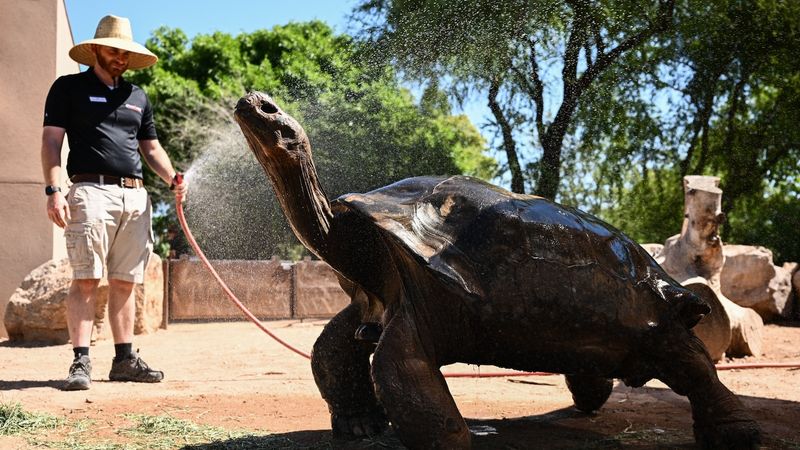
Observation is a cornerstone of animal care, especially during extreme heat. Zookeepers diligently watch for signs of heat stress in animals, such as panting or lethargy. By closely monitoring behavior, they can adjust care practices promptly. This vigilance ensures animal well-being and prevents serious health issues. Zookeepers often engage with animals during these observations, strengthening bonds and understanding. Did you know? A zookeeper’s keen eye can detect subtle changes in behavior that may indicate discomfort. Such proactive measures are critical in adapting to the demands of record-breaking heat waves.

